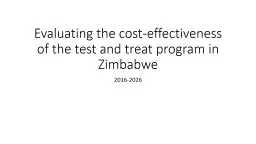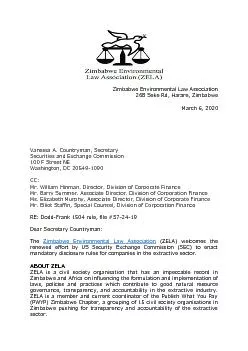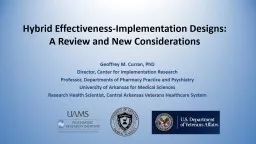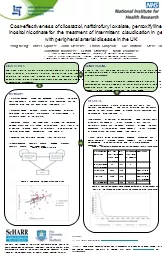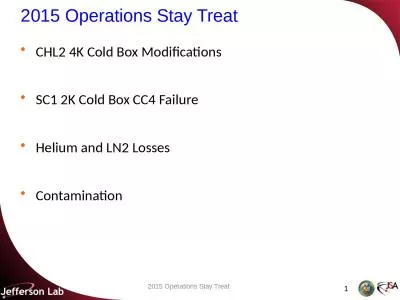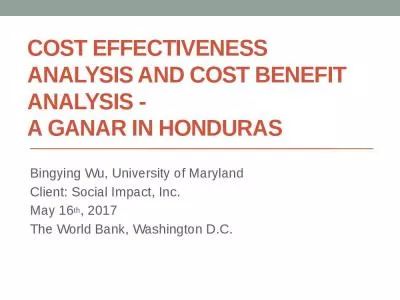PPT-Evaluating the cost-effectiveness of the test and treat program in Zimbabwe
Author : cheryl-pisano | Published Date : 2019-03-13
20162026 Background Population almost 16 million PLWHA 13 million 135 adult prevalence 980 000 on ART virally suppressed 790 000 HIV prevalence in key pops Sex
Presentation Embed Code
Download Presentation
Download Presentation The PPT/PDF document "Evaluating the cost-effectiveness of the..." is the property of its rightful owner. Permission is granted to download and print the materials on this website for personal, non-commercial use only, and to display it on your personal computer provided you do not modify the materials and that you retain all copyright notices contained in the materials. By downloading content from our website, you accept the terms of this agreement.
Evaluating the cost-effectiveness of the test and treat program in Zimbabwe: Transcript
Download Rules Of Document
"Evaluating the cost-effectiveness of the test and treat program in Zimbabwe"The content belongs to its owner. You may download and print it for personal use, without modification, and keep all copyright notices. By downloading, you agree to these terms.
Related Documents

